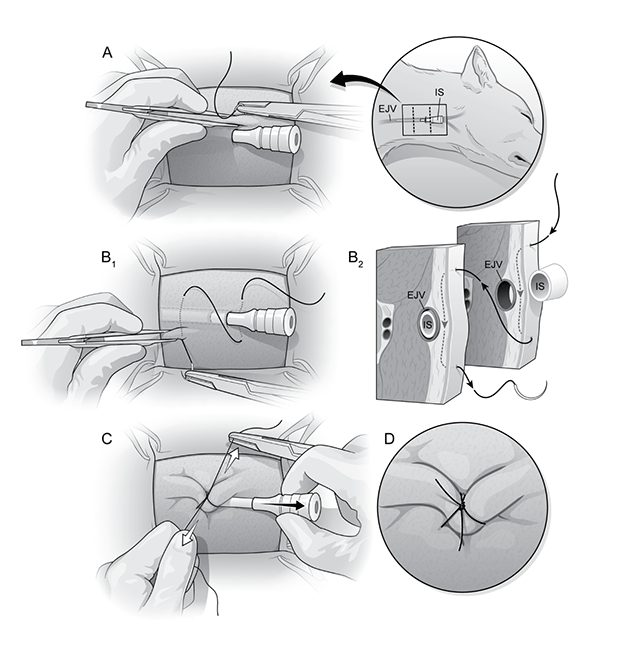
Medical illustration in veterinary sciences combines advanced education in science and art. For insights into this line of work, AVMA News interviewed four experts about this unique profession, the challenges these professionals face, and how they’ve developed their careers. This is the first article in our three-part series.
More than a pretty picture: Perspectives on veterinary illustration
Updated January 3, 2023
Open any veterinary textbook, and you’re sure to find an anatomical drawing of a dog or a detailed illustration of a cell. It’s easy to take these as a given, but the skill and talent required to make those images is beyond valuable.
Accurately rendering the endocrine system of a ferret or the abdominal viscera of a turtle is no small feat. It requires an intimate knowledge of the anatomy of these species as well as an understanding of how to effectively communicate through art.
A medical illustrator is a professional artist with advanced education in both the life sciences and visual communication. Medical illustrators turn complex information into visual images, often in collaboration with scientists, physicians, and other experts.

The work of medical illustrators promotes education, scientific research, patient care, marketing, and more. Medical illustration is a small field with an estimated 2,000 trained professionals in the world.
Some specialize by subject matter, such as veterinary medicine. AVMA News spoke with four experts involved in this unique field. The second and third parts of this story will be posted online in the coming weeks.
Illustration as a teaching tool
Most medical illustrators have a master’s degree from an accredited two-year graduate program in medical illustration, according to the Association of Medical Illustrators. There are currently five programs in North America accredited by the Commission on Accreditation of Allied Health Education Programs that train medical illustrators—at Augusta University, Johns Hopkins University, Rochester Institute of Technology, the University of Illinois-Chicago, and the University of Toronto.
The University of Georgia is home to one of 14 undergraduate majors in scientific illustration recognized by the Association of Medical Illustrators. UGA also offers a postgraduate certificate in comparative medical illustration.
The program is led by Dr. James Moore, a veterinary surgeon who is also director of the Educational Resources Unit for the Department of Large Animal Medicine at UGA’s College of Veterinary Medicine. Dr. Moore’s students work with veterinary faculty members to gain experience in illustrating the anatomy and physiology of animals.
Dr. Moore was first introduced to medical illustration in 1981 when he came to the University of Georgia as a new faculty member. It was there that he met a trained medical illustrator. Dr. Moore was amazed by the images the artist could create.
“He had the scientific background, plus being an artist,” Dr. Moore said. “As soon as I asked if I could have some images made, there was no going back.”
He explained that students pursuing medicine spend a great deal of time memorizing facts for examinations and are typically rewarded for their skilled short-term memory. However, many students will read the textbook words but can’t grasp the concept, so an image can help clarify.
Dr. Moore stressed the importance of making teaching interactive for students so they can envision turning concepts or surgical procedures into something more than words.
“When it comes time to explain something or think through a process, if you can’t picture it, you’re stuck,” Dr. Moore said. “You don’t know where the gaps in your knowledge are until you try to teach something.”
Correction: A previous version of this article misstated how Dr. James Moore was introduced to medical illustration.
A version of this article appears in the February 2023 print issue of JAVMA.